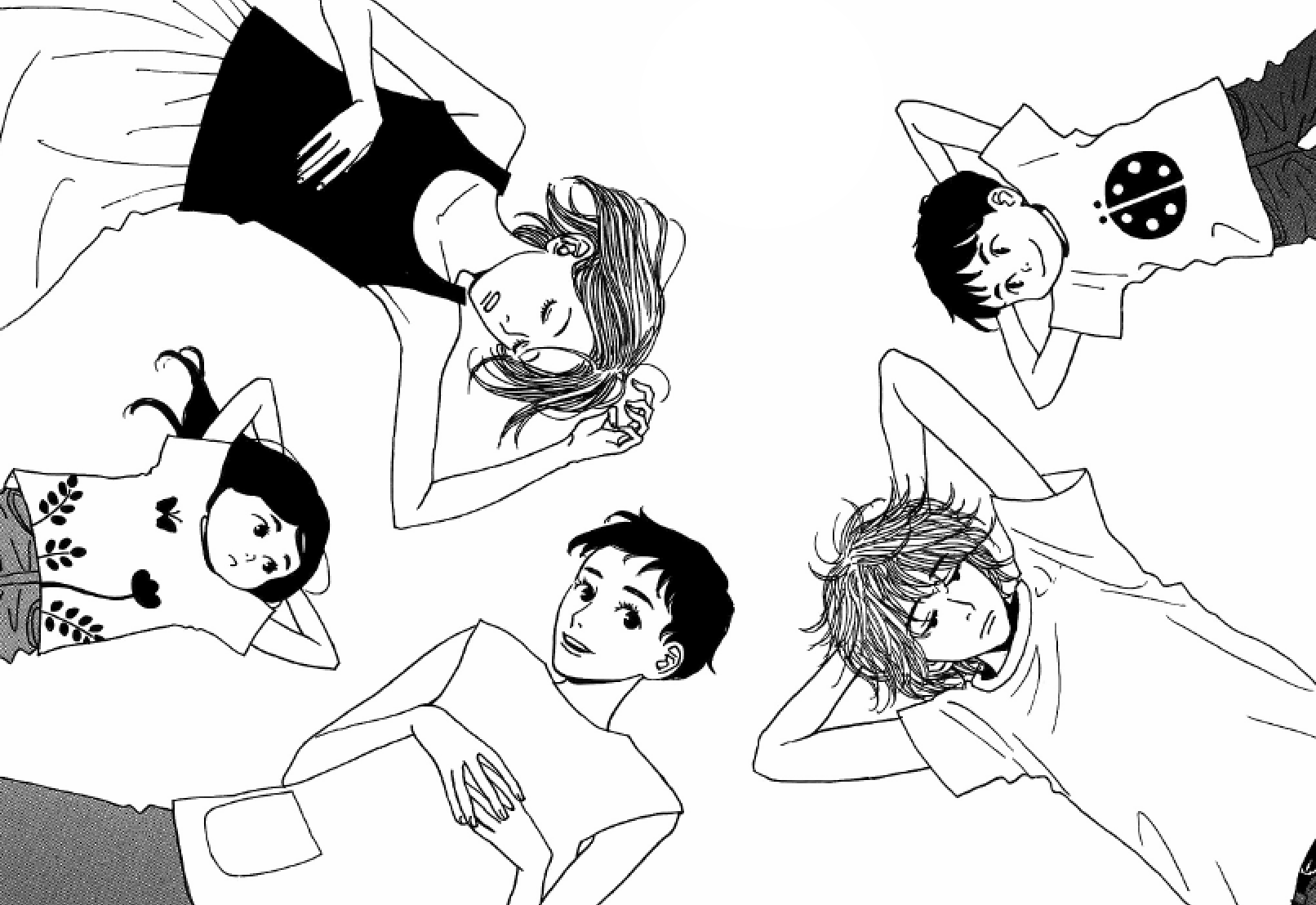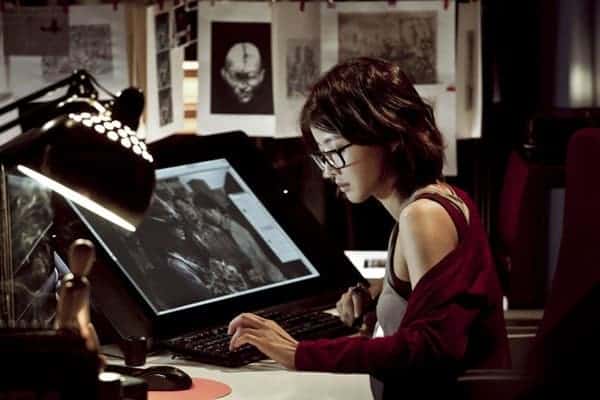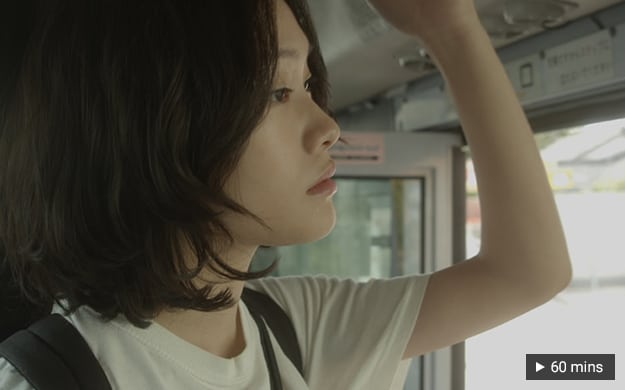The concept of bullying, and even more, the consequences for both bullies and their victims has been a recurring one in Asian cinema, but even more, in the Japanese movie industry, with the issue being a rather significant one, particularly in school environments. Shintaro Hocchi presents his take on the subject by highlighting the fact that the cycle of violence for kids usually begins from their parents, but never actually ends.
One Cut in the Life is screening at Japan FilmFest Hamburg
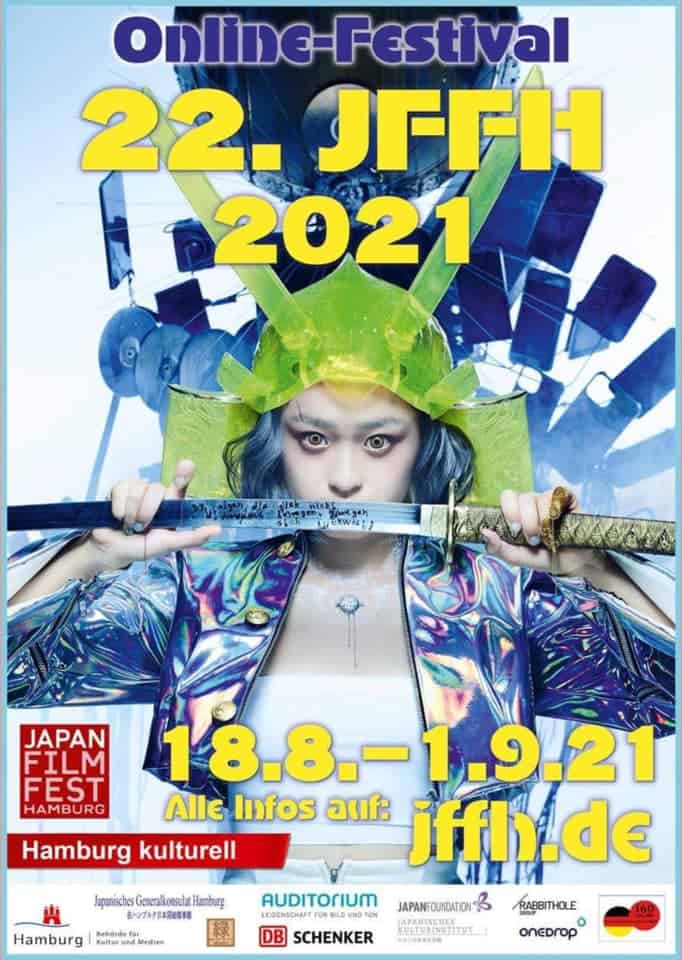
The film begins with a bang, as the first scene places the viewer in the midst of a school invasion, where two students, one with a rifle and one with a knife and a stick, are killing students left and right. Eventually they corner two of the last survivors, Yuka Minato and Rintaro Goto, and force the latter to cut the face of the former with a knife. Rintaro obliges, but his subsequent reaction is totally unexpected and rather violent.
Some years later, a still scarred Yuka is working at a kindergarten, but has to face much prejudice, since a number of children and their parents are appalled by her scarred face, and her colleagues do their best to comply with their protests, not being particularly sensitive to her. Rintaro is a social worker, paired with veteran Kazuhiko, who has to deal with a number of cases of children's violence, occasionally even being the victim of angry parents himself. Yuka eventually stumbles upon an old colleague from school, Hayato Mihara, who is still with his highschool sweetheart, but exhibits a liking towards Yuka. During a drunken meeting, their interaction takes a whole other path, although violence eventually also becomes a part of it. In the meanwhile, Hideki Mori, who is writing a book about the incident in the highschool, driven by the fact that his sister was one of the victims, is “haunting” both Yuka and Rintaro, trying to learn the truth about what really happened that day.

Shintaro Hocchi creates a rather bleak portrayal of the modern Japanese society, where everything seems to be the product of violence, from which both children and grown ups suffer. Hideki's writings in the film, that also analyze the background of the two school assaulters, essentially putting the blame to their parents, synopsize his comment about the roots of violence, even more so, since the parents in the film are either completely absent, or violent themselves when they appear. At the same time, and particularly through the character of Hayato, Hocchi comments that the aforementioned element is not the only source, since barbarity seems to come from every place, with the number of incidents included in the story highlighting the fact in the best fashion. Lastly, the lack of understanding and compassion is also presented through the issues Yuka has to face, with the scar in her face essentially being the source of behaviour that could easily be described as racist, with both her colleagues and the parents of the pupils indulging in it. The latter's behaviour also explains how students behave towards her, since at that age, the children are essentially a mirror of their parents.
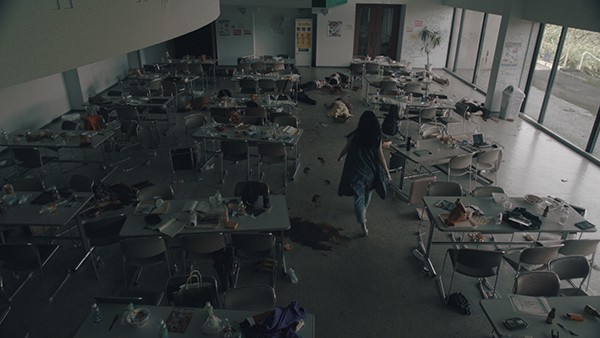
This approach, however, of presenting violence from all kinds of places, seems to be a bit self-indulgent after a point, in order to draw in fans of exploitation, with the whole succession of events being at least partially excessive, and definitely more graphic than what the norm is in social dramas (even in Japanese cinema, where a number of films of the category can be particularly bloody). On the other hand, “One Cut in the Life” ends with a positive note inside all the negativity, with Hocchi showing that the people who have suffered from violence and experienced trauma, can actually help others in similar situation, thus also finding a purpose in their life, a comment that actually extends to the line of work both Yuka and Rintaro have picked. In that regard, Yuto Kobayashi as Rintaro, but most importantly, Rio Kanno as Yuka give impressive performances that highlight both the trauma and the struggle to hide it in the most eloquent fashion.
Ryo Okamura's cinematography pulls very few punches in the presentation of violence in the film, while his coloring fits the bleak contextual setting Hocchi has created, to perfection. The movie suffers a bit in the visual department from the low budget nature of the production, but not to a point to actually affect the overall quality. Miku Motodaka's editing is one of the best aspects of the movie, with him raising and decreasing the pace according to the essence each part emits in the most ideal way. Furthermore, at 77 minutes, the title does not overextend its welcome in any way.
“One Cut in the Life” is a peculiar mix, that lingers somewhere between the social drama and the exploitation film, without indulging completely in either. The result however, is definitely intriguing, particularly in the way it presents an overall pessimism that gets brighter, though, from a few elements here and there.




